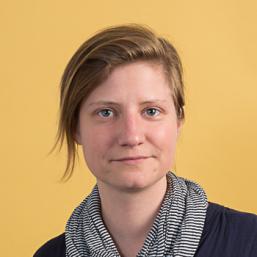
According to Sunier, this applies to both the Golden Age as well as when the Dutch Republic was a shelter for people who would be prosecuted elsewhere in Europe because of their religious backgrounds. It also applies to the second half of the 20th Century, wherein the image of Amsterdam as frontrunner of a tolerant, Dutch, political culture that was welcoming towards religious newcomers, became increasingly mainstream. The city was known then for its open attitude towards anyone who had a different way of living. But is it still?
The liberal Amsterdam of the sixties is long no more. Prostitution is being pushed back into the darkness, and the number of coffeeshops in the city had been dropping for years. As of 2010, Amsterdam now also had a ban on squatting. Jaap Draaisma, director of Urban Resort, a company that has twelve ‘breeding grounds’, starts his essay on the 25th of March 2015, the day that The Snake, the infamous squat behind the Dam Palace, was cleared together with twelve other buildings. ‘The last part of Alternative Amsterdam disappeared from the centre of town,’ says Draaisma, who thinks new breeding grounds are needed to keep the city moving forwardin a creative, open way.
Educated people
UvA Professor of Economic Geography and Planning, Robert Kloosterman, also speaks of the beschavingsoffensief, or ‘attack on civilisation’ over the past thirty years, in his essay. He uses the Zeedijk as an example: ‘In the eighties [the Zeedijk] was known for hookers offering their services, druggies from Suriname, being ultra cold during the winter, cocaine-users hiding under store frontages to get their fix, broken car windows and noisy fights, sometimes settled with violence.’
Nowadays, there’s not much left of those all too visible subcultures on the Zeedijk or elsewhere in the city. Since the beginning of the nineties, Amsterdam changed from being a city with a large number of labourers to a city inhabited by highly educated people. Along with the educations came the accompanying increases in rents and property prices. Instead of junkies and homeless people, the Zeedijk is now filled with tourists. ‘In 2000, about four and a half million foreign tourists came to Amsterdam. In 2009, there were nine million of them.’ Hotels, international chains, cute vintage shops and expensive coffee bars have popped up all over the city centre – are we happy with this?
This commercial success has a downside, according to Kloosterman. He is worried about the city’s creativity, innovation and diversity, and the fact that it might be slowly drained away. Affordable spaces, he thinks, are essential for a city’s growth: ‘New ideas are made in old buildings. New initiatives still have to prove themselves worthy and depend on cheap rents to be able to afford to survive.’ A ‘fully tamed city,’ as Kloosterman puts it, is not just boring, but also stiffening. Therefore, it is also, ultimately, damaging. Just like Draaisma, however, Kloosterman still can spot opportunities to slow the stiffening: using space in Amsterdam- Noord for example, or by ‘making use of pop-up spaces in former shops, schools, office buildings or other buildings. There could be more flexibility in our use of time and space. But this would require serious changes in rules and also in the mentality of policy makers and residents.’ It requires, in other words, a little more flexibility and tolerance. But even Spinoza knew that such ideals are far from easy reach.

